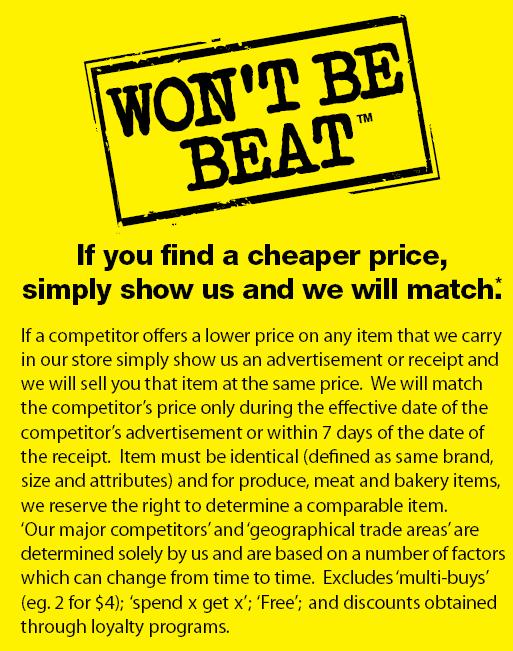I found Adfreak’s article about Etch A Sketch very interesting (http://www.adweek.com/adfreak/etch-sketch-declares-itself-apolitical-new-ads-139270) . Etch A Sketch’s marketing campaign includes declaring itself as apolitical, which takes advantage of an opportunity to be involved in the political discussion during a time when politics is a hot-button issue. It is a good marketing tactic because like the article said, it does not alienate any political groups. By talking about politics, Etch A Sketch has differentiated itself from other toys whose marketing campaigns are targeted toward children. Etch A Sketch focuses on parents and adults as it’s target market, since children usually don’t care or don’t know about politics. Many young children these day may not even know about Etch A Sketch, so I think it was smart to appeal to an older target market and include the product in political discussions, therefore reminding the adults about the product they may have forgotten about so that they will buy it for themselves or their children. This has proven to be successful, since the toy “has seen sales jump 1,556 percent since last week, when Mitt Romney aide Eric Fehrnstrom called the Romney campaign ‘almost like an Etch A Sketch’ that could be rebooted for the fall campaign against President Obama.”
Since this is most likely not a sustainable tactic, Etch A Sketch should consider options for future marketing campaigns so that it is not forgotten about again. Etch A Sketch is a very basic toy and has many direct and indirect competitors, so one suggestion I have is to upgrade the product by expanding the features of the product such as adding knobs that allow the user to draw in different colors. Another suggestion has to do with price, place and promotion. Etch A Sketch should partner with various retailers such as Walmart who will promote the product in their store advertisements and in stores, by placing them in a noticeable and easily accessible location such as the end of the aisle, and offering them at a discounted price.


